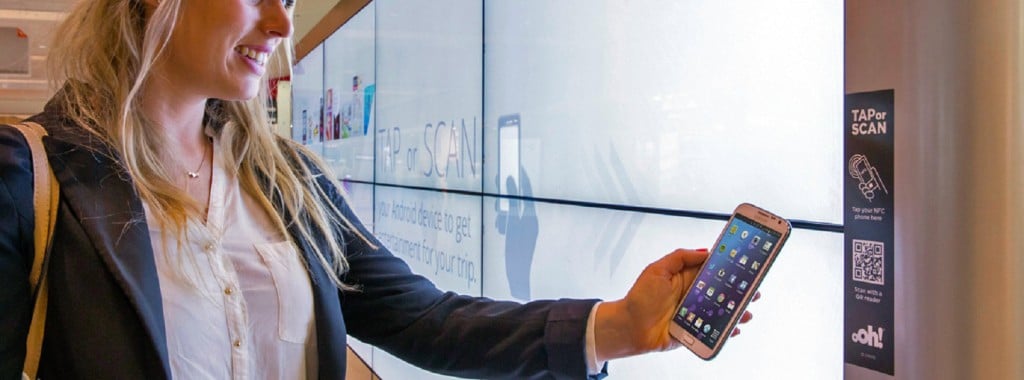Customers and users have expectations that organisations find hard to understand, and act on. Most businesses are unaware of the human motivations that drive their customers’ behaviour. Not being aware of these very different mindsets can mean the difference between a growing customer base and a shrinking one.
Engagements are more successful if you know who you’re dealing with
User, customer and human mindsets can coexist at the same time. This causes misunderstanding between organisations and customers like approaching users with customer information. Certain engagements become easier knowing who you are dealing with: customer or user. For instance, showing empathy in stressful situations can reach customers at a human level.
Customers like our product but don’t care about our company
Sometimes organisations don’t understand what customers don’t like about them: the brand, the organisation, the service. This is especially confusing when customers clearly like the product or service.
Often there is a misalignment between the customer experience and the user experience. When a product has issues or does not meet expectations, users first blame the product and then the organisation. If there is problem acquiring, setting up, or changing a product, customers blame the company.
 A product or service that works for a user does not automatically mean commercial success as it is the customer (mindset) that decides.
A product or service that works for a user does not automatically mean commercial success as it is the customer (mindset) that decides.
Users like our service but do not subscribe
Organisation offering subscription based services are familiar with the problem of converting users to subscribers. Investing in advertising and promotion increases the number of users, and improving usability and attractiveness might result in higher usage. However, these activities do little for the one who decides, pays, and expects value for money AKA the customer.
The user plays, the customer pays
User priorities and expectations are usually centred on the core product and service. Users are willing to invest, learn and adapt to a product to make it work for them, as long as it serves a specific purpose.
Aspects that strongly influence the customer experience include value for money, customer recognition, accessibility and ease of setup. Administrative hassles, lack of transparency and channel inconsistencies are major customer irritations that lead to lost sales and customer defection.
Those pesky humans
“I will not switch energy company because I changed my cable company and I am still waiting to be connected”. While it is difficult to know what your customers are thinking, their behaviour usually follows certain logic, even when this does not seem logical.
Behind the customer is always the human who makes rational and emotional decisions based on their experience related – sometimes unrelated to the product. Reaching customers at a human level has great impact on how they behave.
People will forget what you said, people will forget what you did, but people will never forget how you made them feel.
Who decides?
The type of product and phase of the customer lifecycle determines if the users’ or the customers’ perspective might be leading. Generally speaking the customer experience is more dominant around the decisions to acquire, replace, or change. Value for money and being a valued customer are strong customer drivers. The users’ experience is more closely related to the product/service, how it works and the way information and support are offered.
Recognise the customer, support the user and don’t forget the human
Depending on sector, product/service and stage in the lifecycle, the customer or user perspective can be leading. Understanding how to engage customers at a deeper level leads to a growing customer base. Clear instructions and advice for users leads to increased and better use of services. Ultimately, humans decide.



